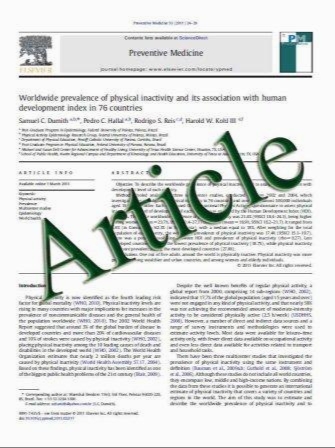Single nucleotide polymorphisms in the promoter region of the IL1B gene influence outcome in multiple myeloma patients treated with high-dose chemotherapy independently of relapse treatment with thalidomide and bortezomib
- نوع فایل : کتاب
- زبان : انگلیسی
- مؤلف : Annette J. Vangsted & Tobias W. Klausen & Niels Abildgaard & Niels F. Andersen & Peter Gimsing & Henrik Gregersen & Bjّrn A. Nexّ & Ulla Vogel
- چاپ و سال / کشور: 2011
Description
Little is known on the impact of polymorphisms in the IL1B gene on outcome in multiple myeloma. In a population-based study of 348 Danish myeloma patients treated with high-dose treatment (HDT), 146 patients treated with INF-α maintenance treatment, and in 243 patients with relapse, we analysed the impact on outcome of HDT, INF-α maintenance treatment, and treatment with thalidomide and bortezomib at relapse, in relation to the major identified functional polymorphisms in the promoter region of IL1B. The wild-type C-allele of IL1B C-3737T and non-carriage of the IL1B promoter haplotype TGT (−3737T, −1464G and −31T), giving high IL1B promoter activity, were associated with longer time-to-treatment failure (TTF) (HR, 1.4 (1.0–1.9) and 1.5 (1.1–2.0)) and overall survival (HR, 1.8 (1.2–2.6) and 1.6 (1.1–2.3)) after HDT. Among INF-α treated patients, a trend towards better TTF was found in patients carrying the wild-type C-allele of IL1B C-3737T (HR, 1.6 (1.1–2.4)). Furthermore, among INF-α treated patients, gene–gene interaction studies on IL1B C-3737T and NFКB1-94ins/del ATTG revealed a fourfold increase in TTF for homozygous carriers of wildtype alleles at both loci as compared to variant allele carriers at both loci. No relation to genotype and outcome was found for relapse patients treated with thalidomide or bortezomib. Our results indicate that a subpopulation of myeloma patients carrying the wild-type C-allele of IL1B C- 3737T and non-carriers of the promoter haplotype TGT (−3737T, −1464G and −31T) benefit from a better outcome of HDT and INF-α treatment, an effect that may be related to the NF-κB pathway.
Ann Hematol DOI 10.1007/s00277-011-1194-3 Received: 29 October 2010 / Accepted: 7 February 2011


